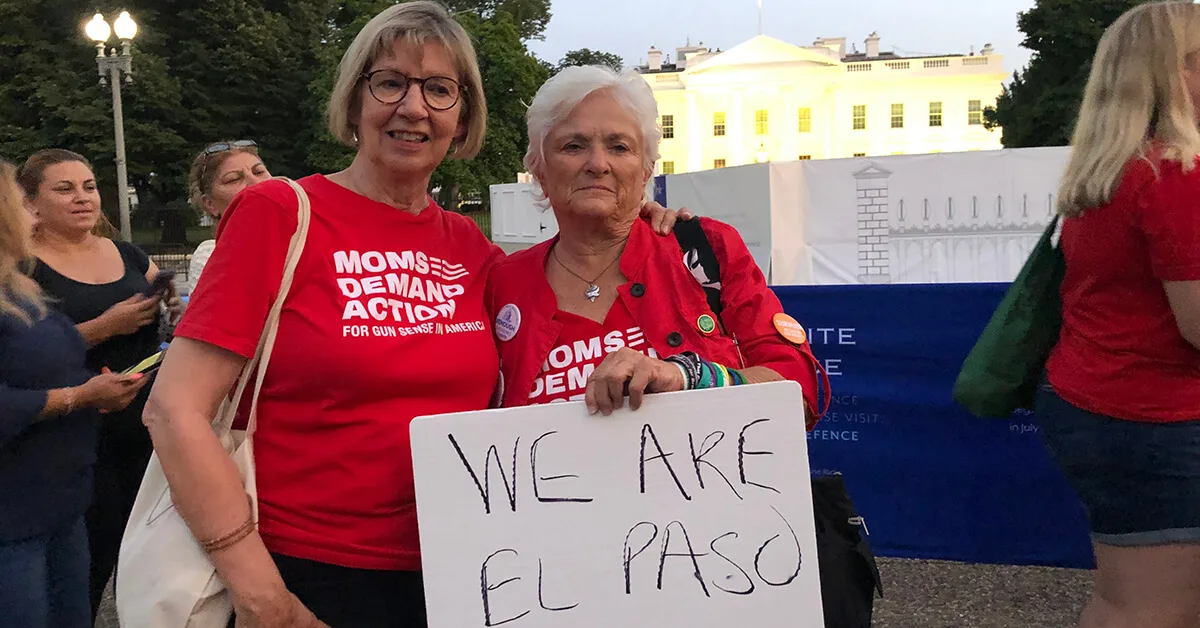
Courtesy of Pam Simon
By early February, the United States has more gun deaths per capita than other developed nations see during the entire year.
Pam Simon wears a gold necklace around her neck in memory of 9-year-old Christina-Taylor Green.
Green was the youngest victim of the Jan. 8, 2011 shooting at a Safeway just outside Tucson that would claim six lives and wound 13 others, including then-US Rep.Gabrielle Giffords.
The necklace features a butterfly, symbolizing the last picture that Green drew before her death.
Simon reflected that Green would have been 19 years old today, likely starting college, if her life had not been cut short a decade ago.
“[The necklace] is a lovely little thing that reminds us continuously of the cost of gun violence,” she said.
Simon, who was working as an outreach coordinator for Giffords in 2011, was one of the 19 people shot on Jan. 8 during a meeting between Giffords and her constituents. Simon was collecting information from voters in the parking lot of the Safeway when she was shot through the arm and in the chest.
She was on the ground before she realized she had been shot. The gunman fired 30 bullets in less than 18 seconds, she said.
“People often just cannot understand the speed with which something like that happens. Your mind doesn’t really have time to form what’s happening before you discover you’re injured,” Simon said.
“It’s hard to explain how life can go from normal, and in less than 20 seconds, your life’s changed forever.”
The US has a gun death rate 11 times greater than other high-income nations, according to Everytown for Gun Safety, a nonprofit that works to educate the public about gun violence.
As a result, more people per capita are killed with guns in the U.S. by early February than in other high-income countries during the entire year, according to Everytown.
In 2019, Everytown and its partner organizations came together to mark the first National Gun Violence Survivors Week with the goal of elevating the voices and stories of America’s gun violence survivors.
It wasn’t until 18 months after she was shot — when 12 people were killed and 70 others injured in a shooting at an Aurora, Colorado movie theater — that Simon decided to dedicate herself full-time to the work of gun violence prevention.
“As I heard the reports coming in, I could picture so clearly the media villages setting up, the conversations in hospitals…” Simon said. “It was so much…feeling that mandate to do something.”
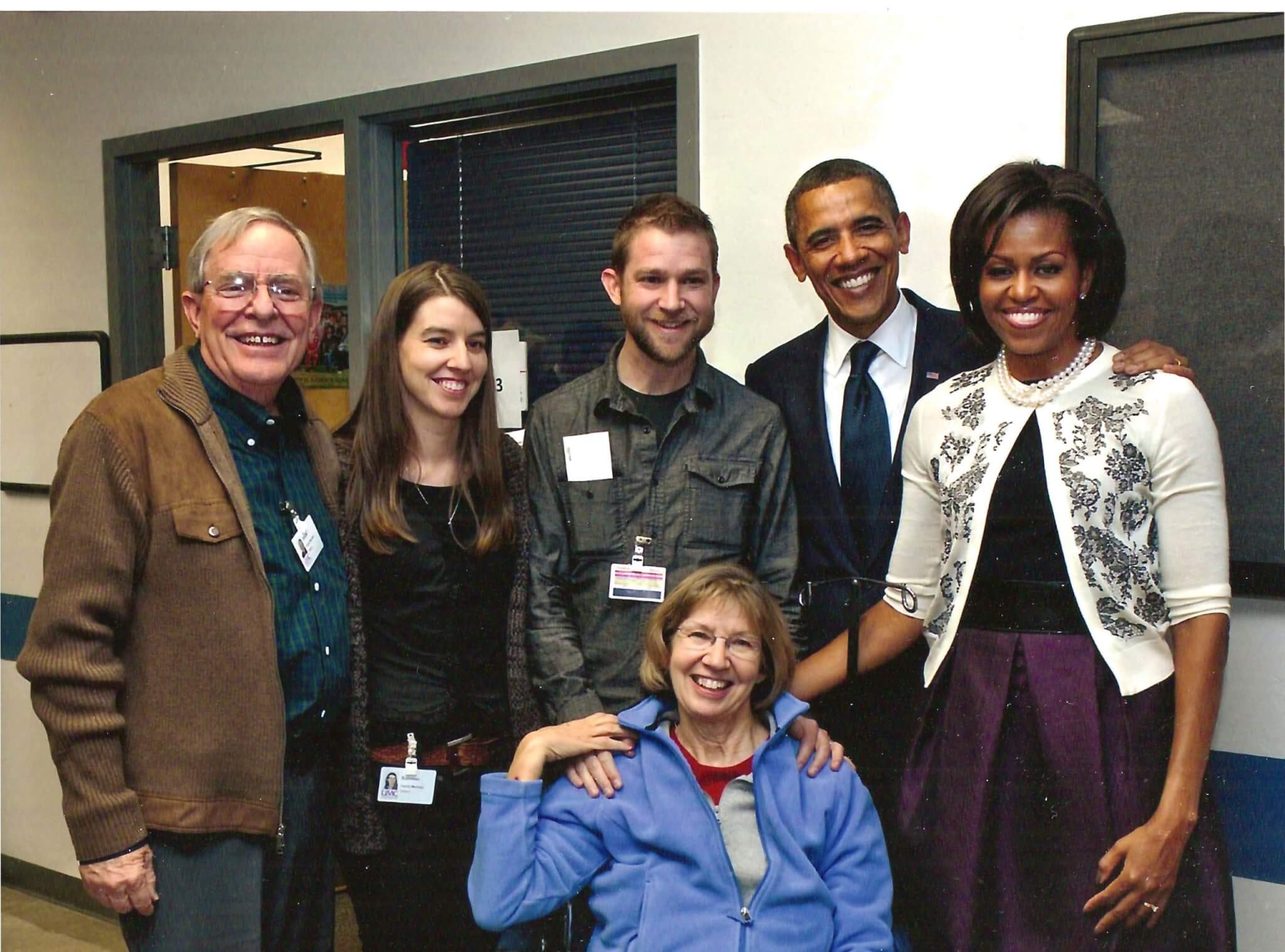
Changing Attitudes Toward Gun Safety
In an average year, approximately 1,054 people are killed by a gun in Arizona, the 18th highest rate of gun deaths in the country, according to statistics from Everytown.
Gun deaths increased 13% from 2009 to 2018. Suicides, which accounted for 71% of gun deaths in Arizona, increased by 9%, while gun homicides increased by 22%.
Federal law requires all licensed gun dealers to perform background checks for gun sales, but felons and people with domestic abuse restraining orders have long been able to exploit a loophole that does not require unlicensed sellers, like those at gun shows, to run background checks.
Additionally, a ban on assault weapons that lapsed in 2004 has repeatedly failed to be renewed.
According to ABC News, Jared Loughner, the gunman who attempted to kill Giffords on Jan. 8, legally purchased the gun he used in the attack at a chain store in Tucson after filling out a form and passing a background check.
Simon said that while Everytown for Gun Safety is still working to pass gun safety legislation on the federal level, the movement has made other gains in the decade since the Tucson shooting.
Last month, the National Rifle Association, a gun rights advocacy group, announced it had filed for bankruptcy. Politicians, who Simon says used to shy away from talking about guns and firearms, now run on platforms of gun safety.
Groups like Everytown, Moms Demand Action, and Giffords’ own nonprofit advocating for gun safety have amassed millions of supporters in the last decade. In November, Mark Kelly, a staunch gun safety advocate and Giffords’ husband, was elected to the Senate.
“What we are seeing is that people run — and win — on gun safety,” Simon said. “We also are seeing, state by state, that they are passing sensible domestic violence bills, they’re passing background check bills…we’re seeing a tremendous amount of movement.”
A Network of Survivors — But Also Allies
Today, 58% of American adults are survivors of some form of gun violence or caring for someone who has been the victim of gun violence, a percentage that is even higher for Black and Latino adults, according to Everytown.
Before the Jan. 8 shooting, Simon says gun violence was something that felt far removed, not something that she imagined would ever impact her personally.
“It would always happen to somebody else, someplace else,” she said. “You would think, those are the other people. That’s not me.”
Today, Simon says the country’s gun violence epidemic is not just about the mass shootings that regularly make news headlines, but the lives of hundreds of people who are wounded or killed every day, often through domestic violence and suicide.
“The epidemic in this country is not just the horrible shootings like Parkland, Pulse, but the carnage that happens in big and small towns all across the nation,” she said.
Anvitha Doddipalli, a senior at Corona Del Sol High School in Tempe, volunteers for Students Demand Action, an offshoot of Everytown. Doddipalli said on the anniversary of the Jan. 8 shooting that it wasn’t enough for the gun violence prevention movement to be built by survivors of gun violence.
“It’s the rest of us that need to rise as allies to ensure that no one has to identify as a survivor ever again,” Doddipalli said.
Simon echoed similar sentiments, saying that gun violence survivors cannot advocate for gun violence prevention on their own.
“It has to be people who want to prevent it. This work can only thrive if a wide variety of people get involved,” Simon said. “We want there to be a day when there is no new class of survivors.”
Reach the reporter at [email protected], or 480-243-4086.
READ MORE: ‘Tucson Never Stops Fighting’: 10 Years Later, Gabby Giffords, Mark Kelly and Other Arizonans Reflect on Fatal Shooting
Politics

Trump says he’s pro-worker. His record says otherwise.
During his time on the campaign trail, Donald Trump has sought to refashion his record and image as being a pro-worker candidate—one that wants to...
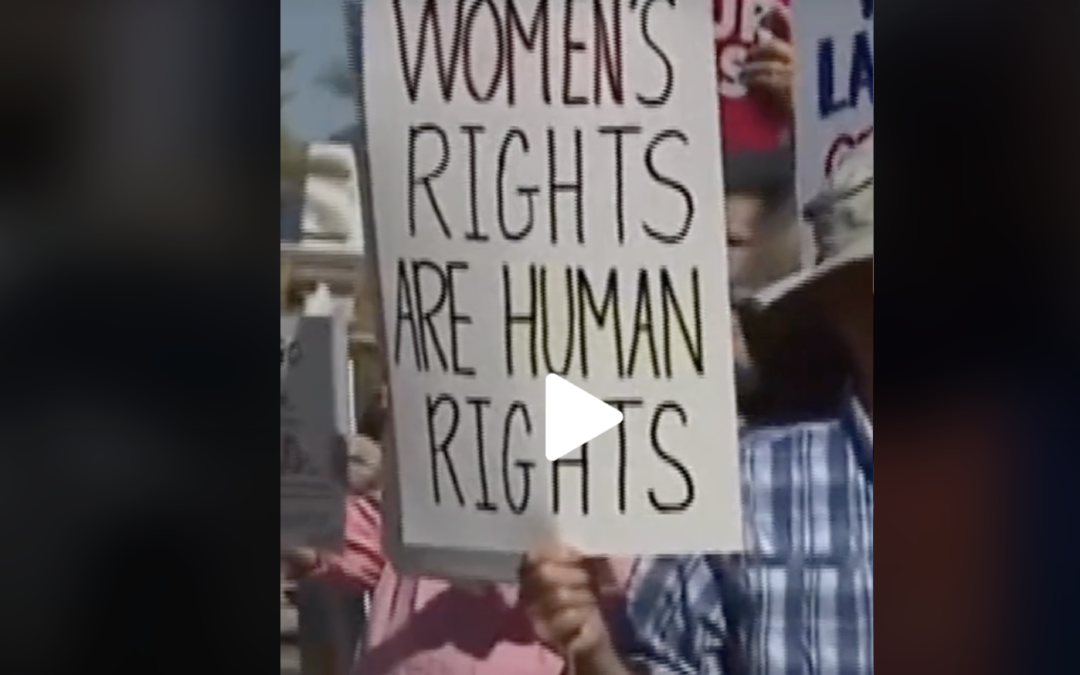
VIDEO: Hundreds show up in Scottsdale to support reproductive rights
@coppercourier Days after the Arizona Supreme Court ruled to enforce a long-dormant law that bans nearly all abortions, hundreds took part in a...
Local News
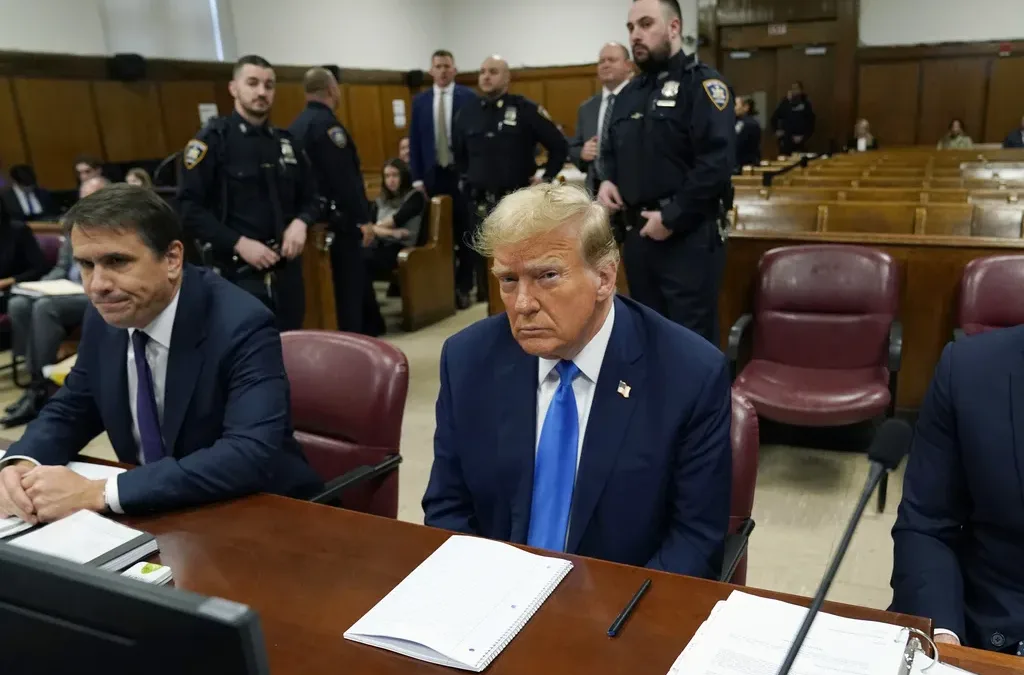
What to know about Trump’s legal issues
Over the past year, former president Donald Trump has become the center of not one, not two, not three, but four criminal investigations, at both...
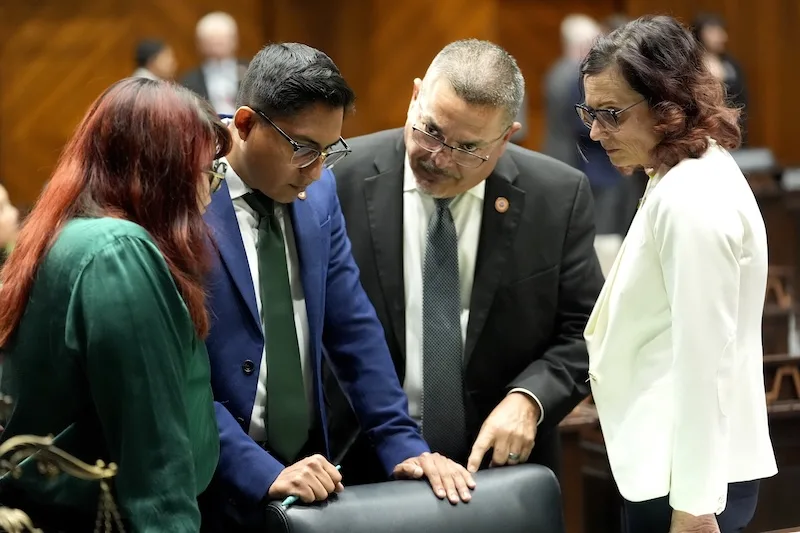
Democrats clear path to bring proposed repeal of Arizona’s near-total abortion ban to a vote
Democrats in the Arizona Senate cleared a path to bring a proposed repeal of the state's near-total ban on abortions to a vote after the state's...




